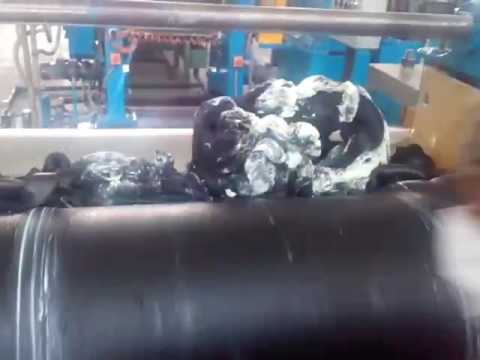
|
Barry's
Tire
Tech This is a series of articles on the technical aspects of tires, their care and usage. My primary purpose in these articles is to help people understand tires and thereby reduce the risks we all face every day. ..........and since tires is just about the only thing I know about.......... Please drop me a note if you have a topic you want to see: Barry@BarrysTireTech.com |
|
Rubber Chemistry #1: Types of Rubber used in Tires: This is the first of several articles about the chemistry of the rubber used in tires. Obligatory: I am not a rubber chemist and my knowledge is severely limited. I could use some help writing these articles, so if you are a rubber chemist, please contact me at the email address above. This first article is about the kinds of rubber used in tires. I'm only going to briefly mention types of rubber not used in tires - and not all of them because there are so many. The name "rubber" was coined when Joseph Priestley (1733-1804), an English scientist, observed that the substance we now call natural rubber was good at rubbing pencil marks off paper.
|
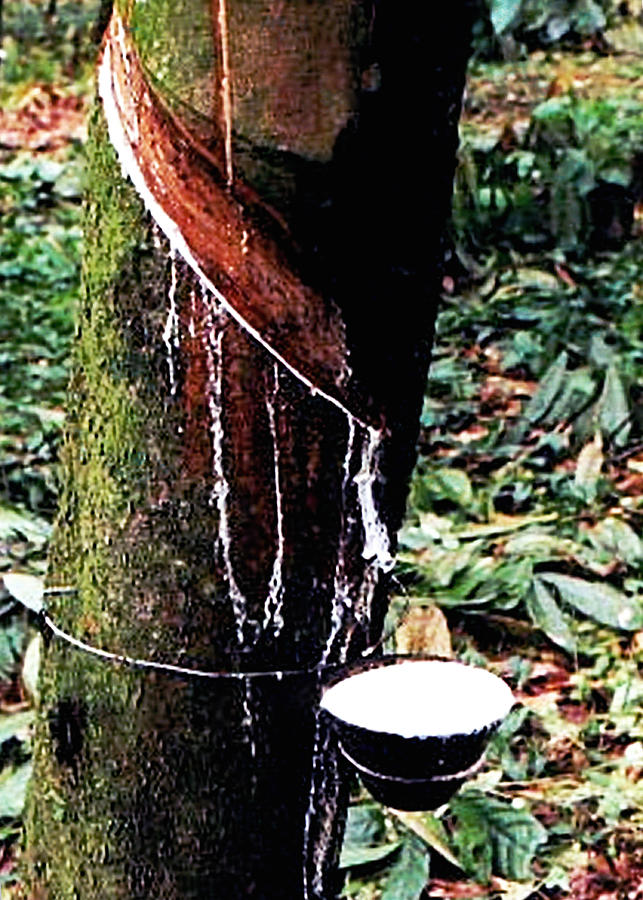
|
Natural Rubber (Isoprene) (NR): Natural rubber (isoprene) is derived from the latex sap of the Pará rubber tree (hevea brasiliensis). Natural rubber has a high tensile strength and is resistant to fatigue from wear, such as chipping, cutting or tearing. The downside is that natural rubber is only moderately resistant to heat, light, and ozone damage. Rubber trees are originally from MesoAmerica, but SE Asia is where most of NR comes from. The trees are not native to the area. Other plants also generate latex. Tire manufacturers are constantly referring to research using these other sources. My personal opinion is that this is to appear that they are good corporate citizens. - wholly PR. |
|
Butadiene Rubber (BR) Also known as polybutadiene, BR is a synthetic rubber that was industrialized during WW2, because there was fear that sources of natural rubber (SE Asia) would be unavailable. BR is highly resistance to wear, has high electrical resistivity, good hysteresis (making it quite suitable for improving rolling resistance), but it has a lower wet traction coefficient and a lower glass transition temperature (glass transition = a phase change from a flexible, rubber-like material to a brittle, failure prone, glassy material). Nevertheless, it is a good substitute for NR. It is derived from grain alcohol (ethanol) |
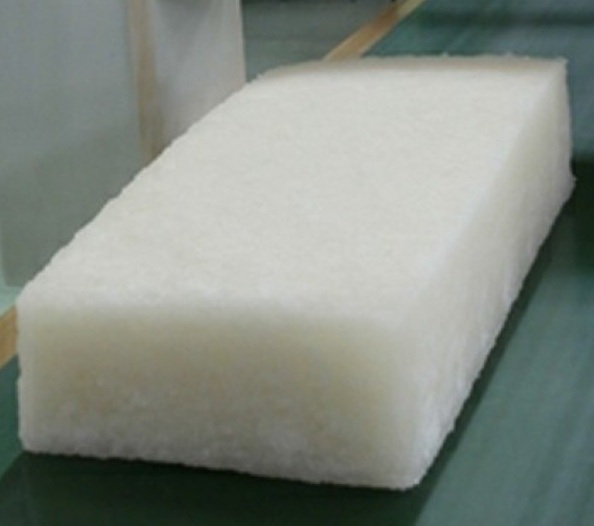
|
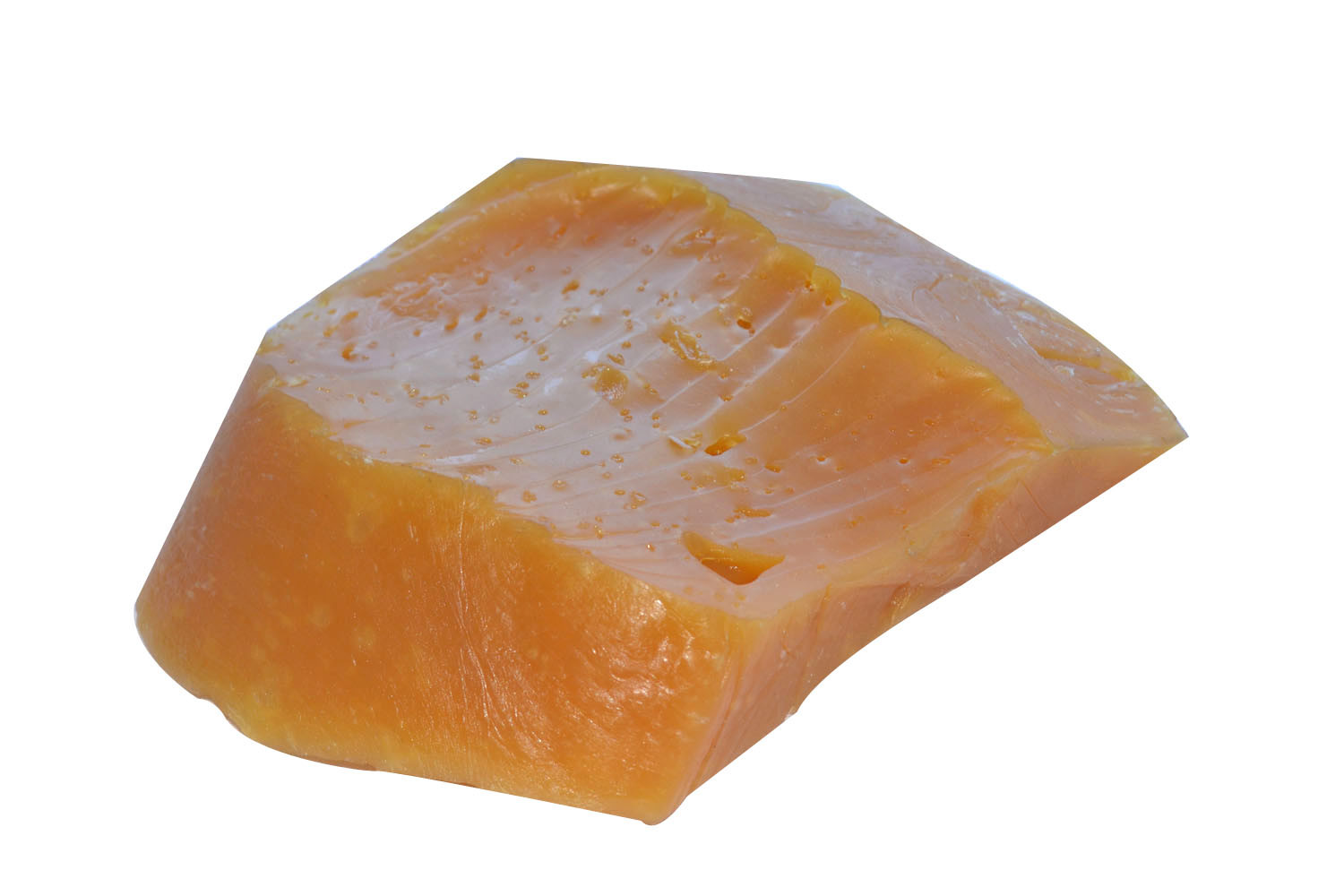
|
Styrene-Butadiene rubber (SBR): SBR is also a synthetic rubber. It was also industrialized during WW2. Because it is a hard rubber, it is especially useful as a substitute for NR. It has good impact resistance and high strength.
However, it doesn't have good aging properties. |
|
Butyl (IIR - Isobutylene Isoprene Rubber) Butyl rubber's main feature for tires is its low gaseous permeability. So it is used in tubes and as an innerliner for tubeless tires. But there is a HUGE!! problem with butyl. It is incompatible with NR, BR, and SBR! It will not crosslink. So if even a small amount gets mixed in, that layer looks like the flakey crust of filo dough - but not nearly as delicious! So tire factories go to extraordinary measures to prevent cross contamination - cleanout procedures, as well as isolated storage. |
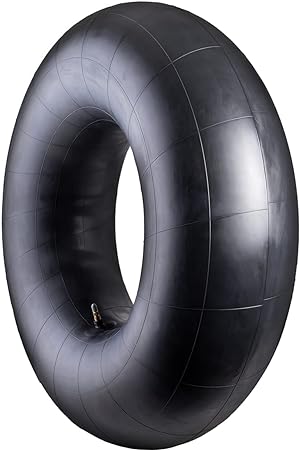
|
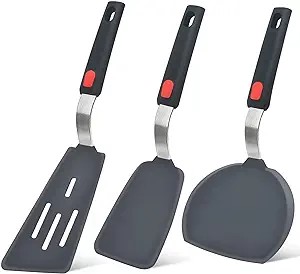
|
Silicone Rubber (VMQ) Silicone rubber's main features are a wide temperature range and high resistance to electricity and ozone. While it has many uses, most people know it because of its use in cooking utensils. In particular, it is used as the coating of parchment paper. It is not used for tires because it has poor wear and tear resistant properties. Silicone rubber should not be confused with silicone (from which it is made) and silicone oil (which contains silicones). RTV (Room Temperature Vulcanization) is a silicone rubber. |
|
Nitrile (NBR) Nitrile's main feature is its resistance to oil, alcohol, and other fluids. So it is very useful for gloves and O-rings. It was developed in 1931 by the German chemical conglomerate IG Farben. Nitrile is also used for transmission belts (V-belts) and gaskets. Hydrogenated nitril butadiene rubber (HNBR) is a derivative by hydrogenating NBR which is widely used in the automotive applications. There are other nitrile derivatives with related uses. Nitrile is not used in tires because of its poor outdoor properties - ozone, sunlight, and other weather resistance. |
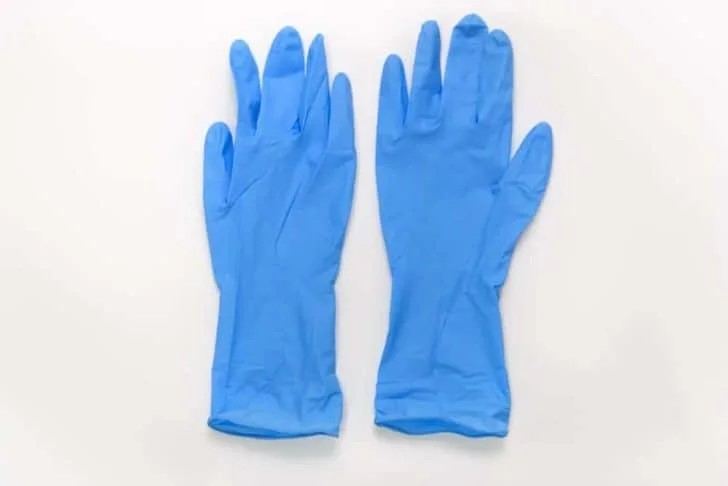
|
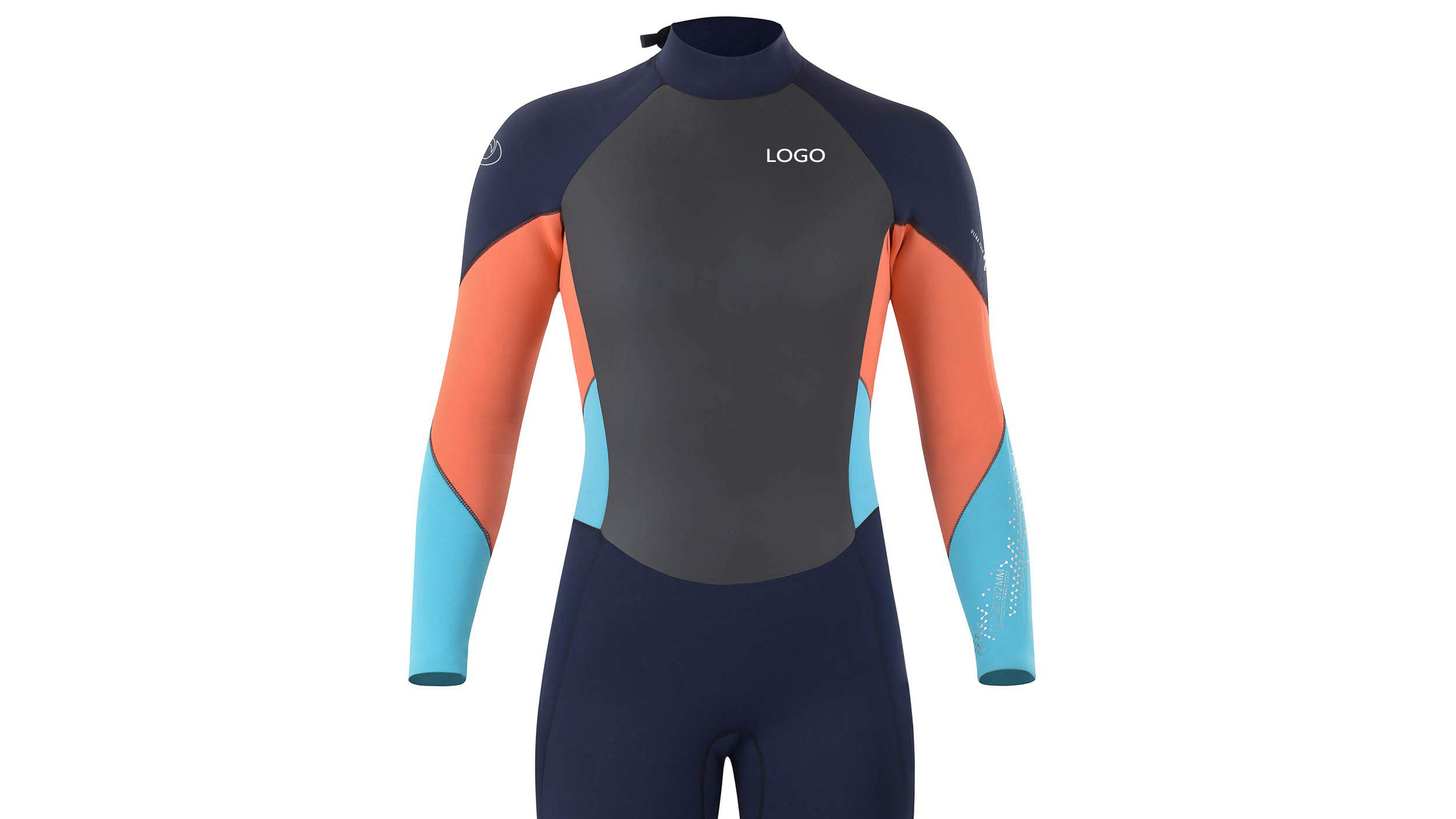
|
Neoprene® (CR) The main feature of Neoprene® is that it's pretty good at everything. That makes it very useful, The most visible usage is wet suits for scuba diving. It isn't used in tires because it is expensive. |
|
|